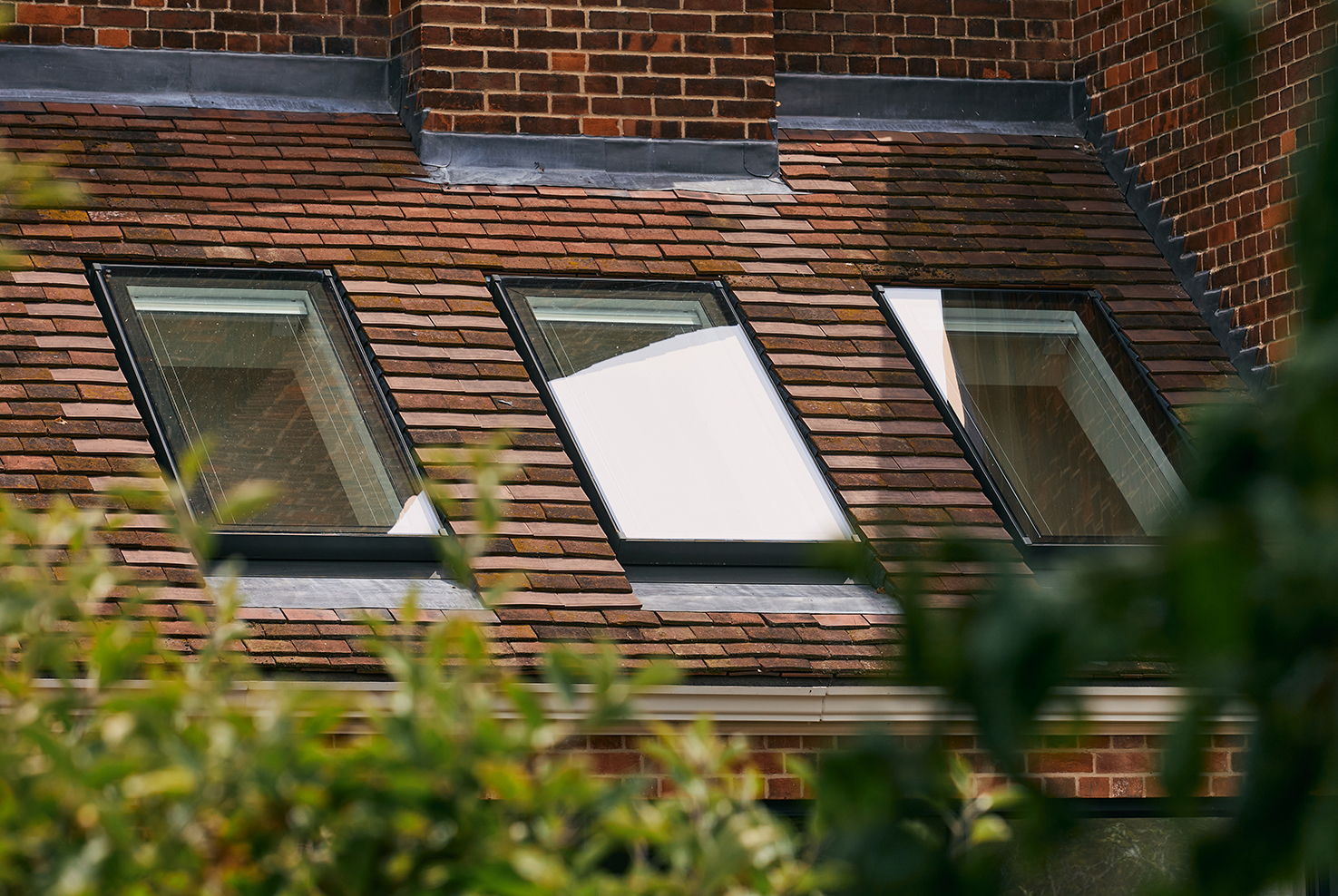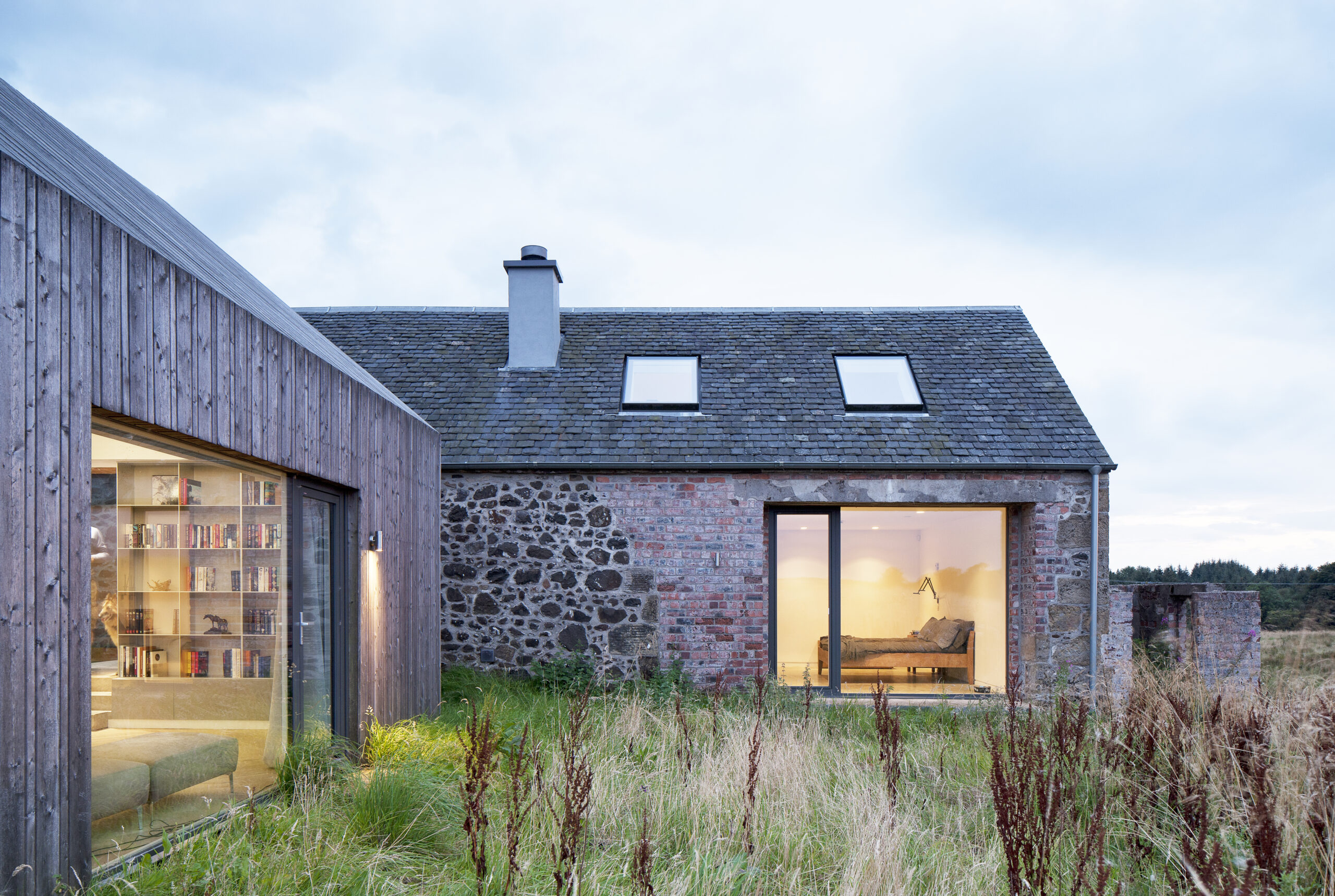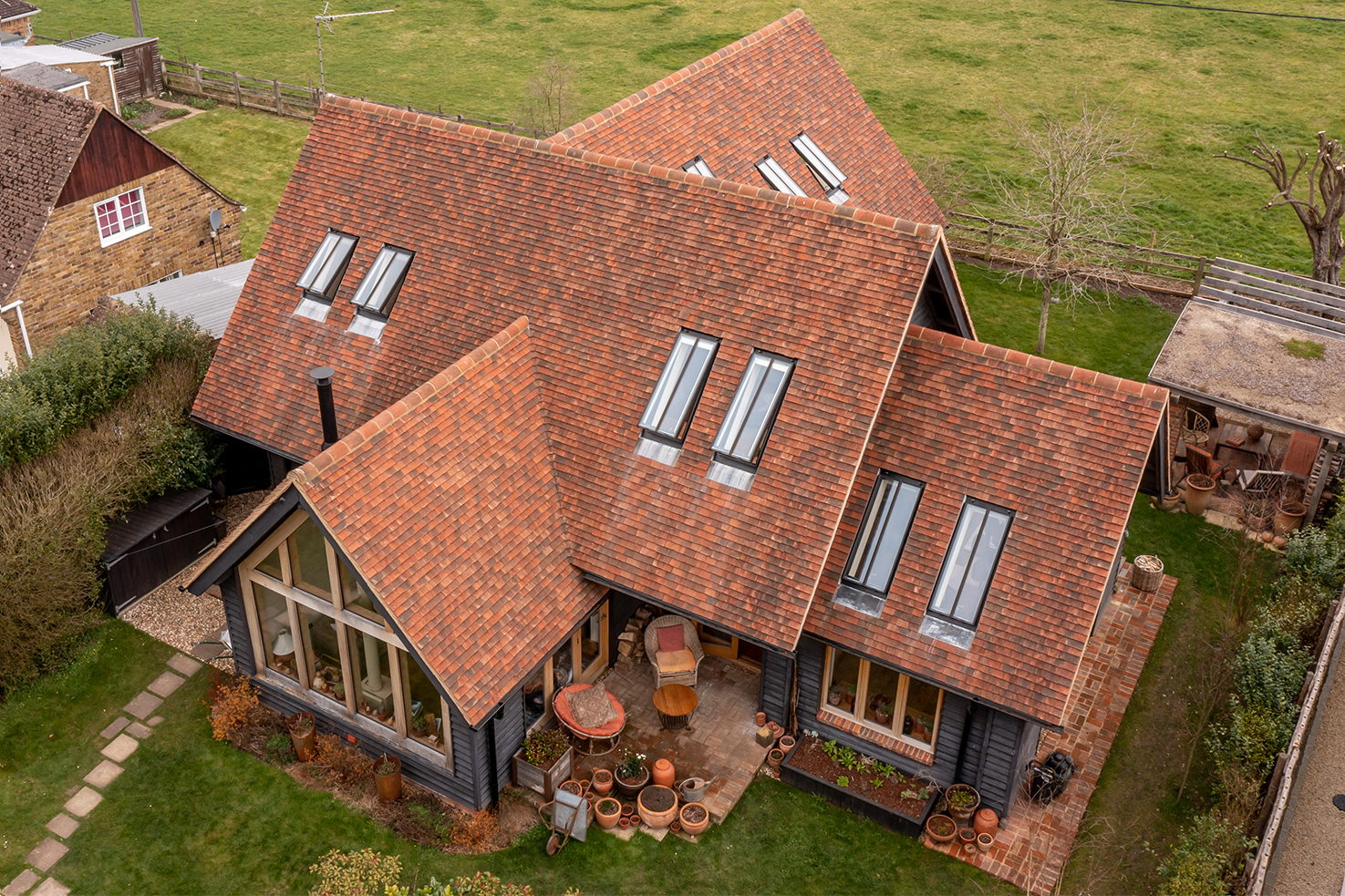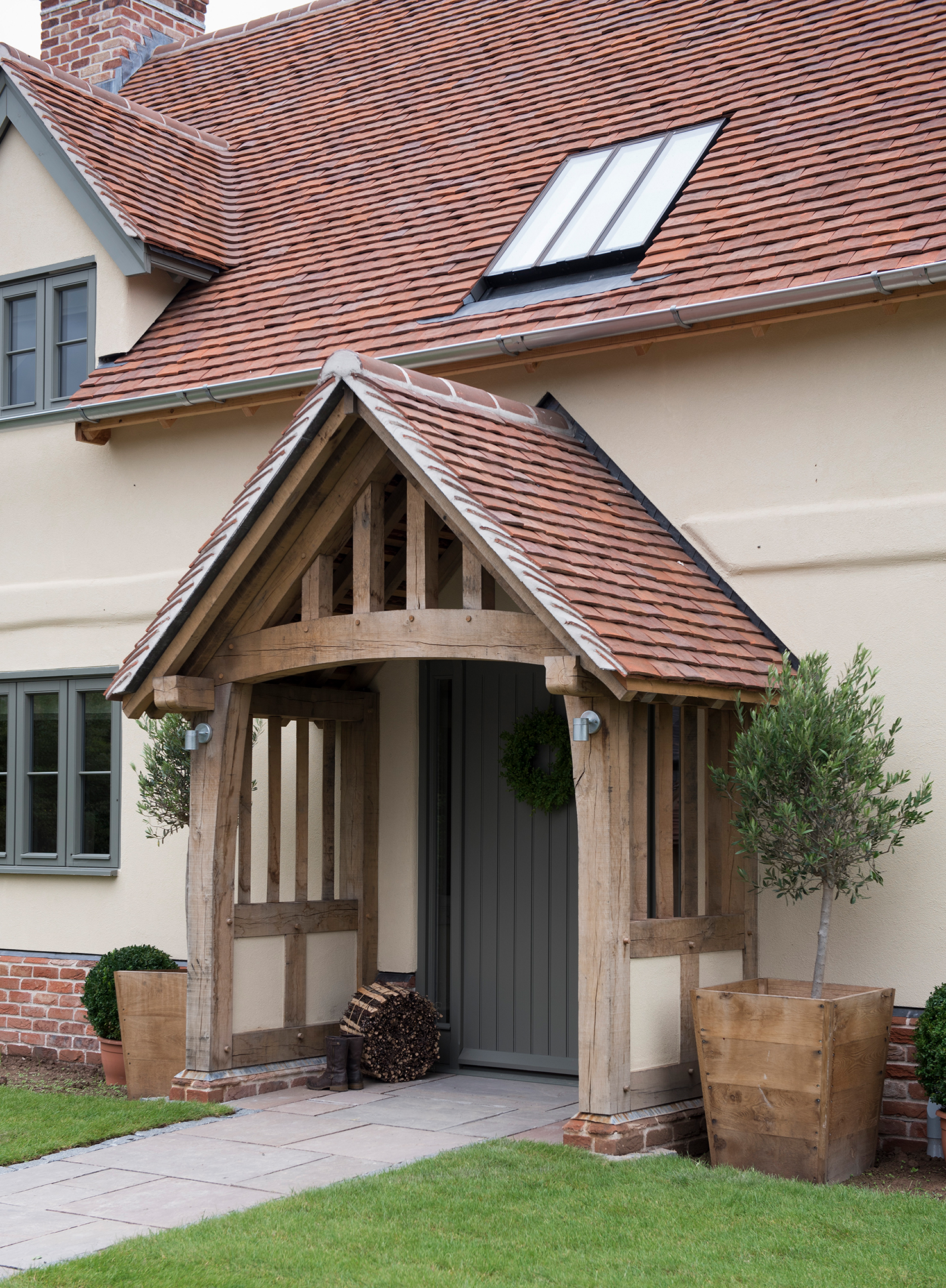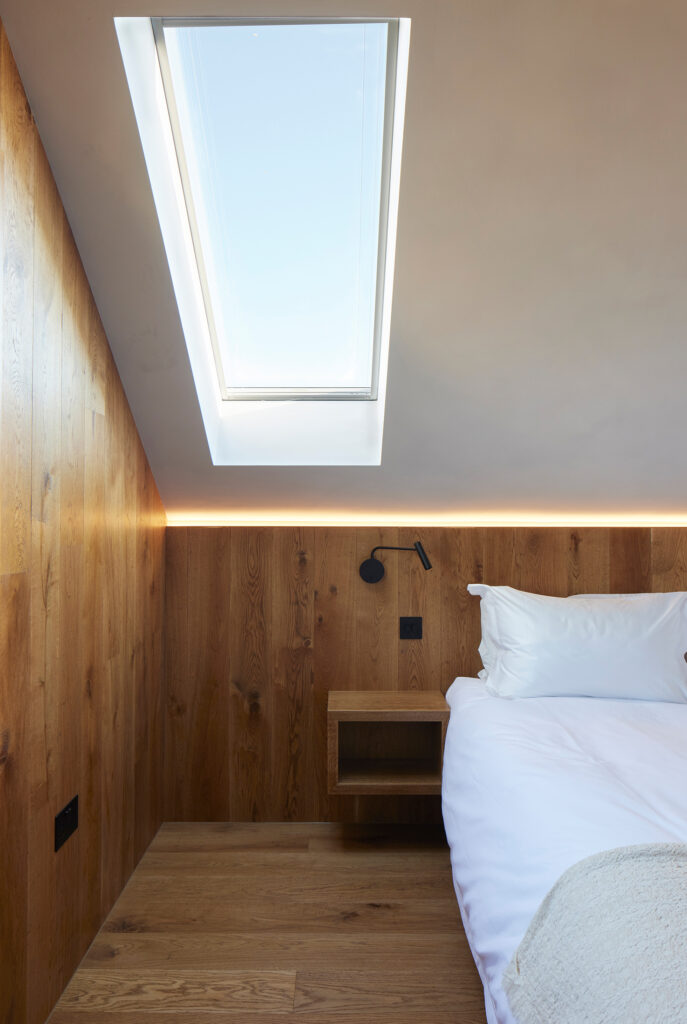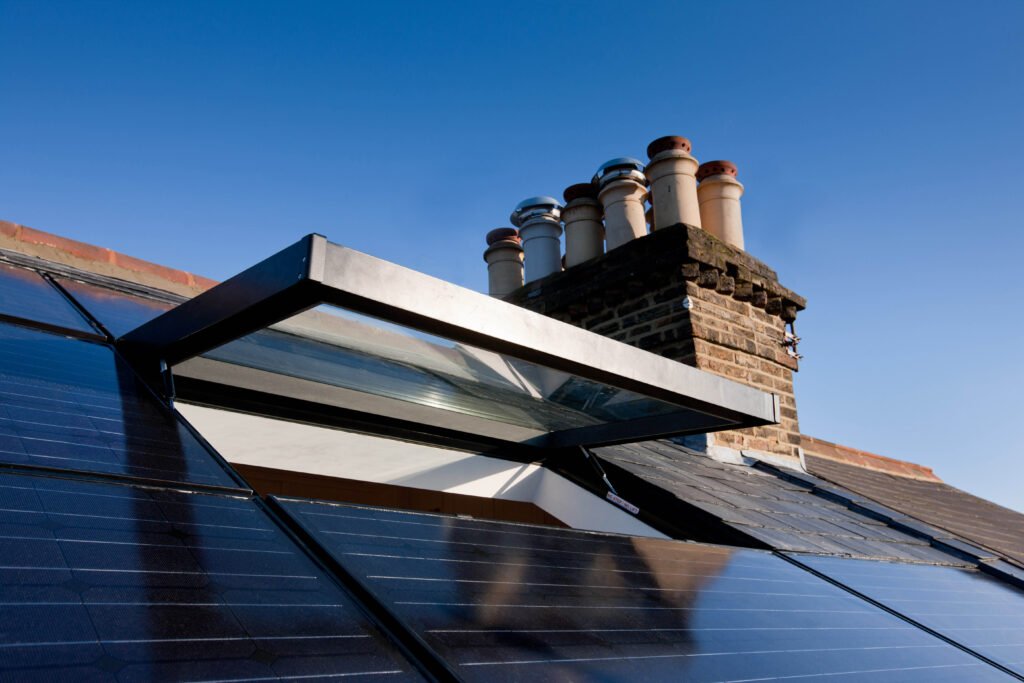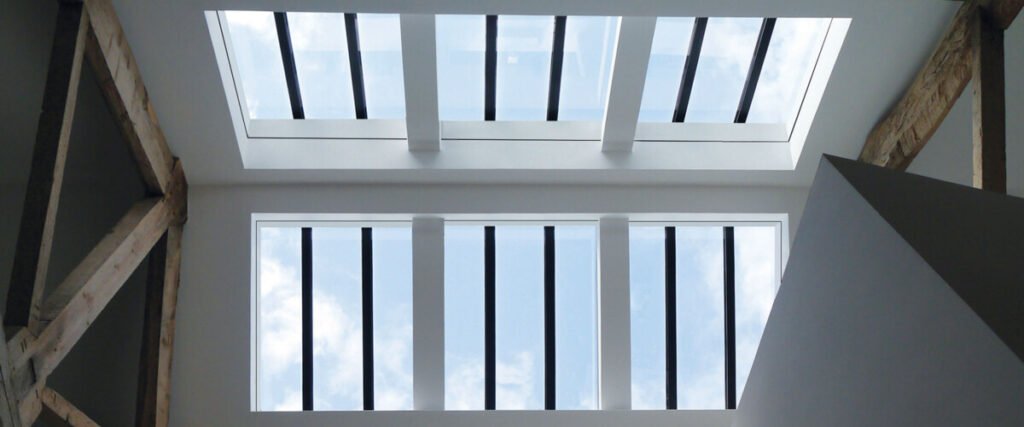Rooflights and skylights can radically transform a space by adding striking features and flooding buildings with light. Due to the structural changes involved in installing a rooflight, thoughts naturally turn to whether or not you will need planning permission to install your skylight and continue with your project.
This is a great question to consider at the early stages of planning. While many roof skylight projects will not require planning permission, it is still important for homeowners to check. It is your responsibility to make sure any regulations have been followed. If you start your project without following government guidelines and are found to have proceeded without obtaining any necessary permission, you may be forced to pay a fine and undo any work done.
It’s incredibly important to understand building and planning permission regulations before you start any rooflight installation. Read on for a supportive guide through the government’s rules and building parameters in regards to rooflights and skylights.
This article will cover:
- Are rooflights permitted development?
- Do I need building regulations approval?
- Building regulations on energy conservation
- What are the government’s guidelines?
- Do you need planning permission for rooflights?
- I put a skylight in my house?
- Skylight extension
- Loft conversion rooflight
- Do I need planning permission for a roof lantern?
- Rooflights in listed buildings or conservation areas
Are rooflights permitted development?
There are some types of work you can do on a building, such as adding rooflights to your ceiling, without applying for planning permission. This is because of permitted development rights. You are typically granted these rights automatically by the government, not by a local authority, and only if you live in an area that is not restricted.
Buildings that are listed or located in a conservation area are not often given the same permitted development rights as other properties. They will most likely need roof window planning permission. Common restricted or “designated” areas in the country are often found in:
- A world heritage site
- The Norfolk or Suffolk Broads
- A conservation area
- An area of outstanding natural beauty
If your house is not located in one of these designated areas, then the property’s development rights should already be permitted. Nevertheless, it is incredibly important that you double-check that rooflights are a permitted development for your home. It can be possible for local planning authorities to remove some of your permitted development rights and require you to apply for permission.
Local authorities can only do this by issuing an “Article 4 direction” when the character of an acknowledged area of importance is threatened. You should know if your property is affected by an Article 4 direction, but it’s still best to ask before you start any real work on your property.
Do I need building regulations approval for a rooflight?
Luckily, through permitted development rights, a majority of buildings will be able to install skylights without planning permission. Most alterations to roofs are considered a part of permitted development. However, there are still certain limits and parameters that everyone must follow when it comes to installing roof windows.
A roof will need to be altered considerably in order to install a skylight, and approval under certain building regulations is generally needed. These regulations are set to ensure the following:
- After installation, the roof will still be able to carry the weight of the skylight.
- The installed rooflight is proved to be energy efficient, has sufficient insulation, and is able to protect against heat loss.
- If the rooflight is installed close to a boundary, the fire performance is carefully considered.
Other building regulations are focused on ventilation, security, energy conservation, and weatherproofing. For example, edges around the rooflight – where the rooflight and roof meet – should be properly sealed and secured against any outdoor weather. This can be done with lead flashing or proprietary kits. Reputable rooflight manufacturers such as The Rooflight Co will typically offer advice and assistance with proper rooflight weatherproofing.
Building regulations on energy conservation
Energy efficiency is essential for all dwellings. This means that the walls, ceilings, windows, and doors of any house should be able to successfully prevent the loss of heat. Building regulations detail the maximum amount of heat that is acceptable to pass through windows and doors. This is measured as a U-value. Part L of the Building Regulations sets the limiting factors that your rooflights need to comply with, so make sure to talk to your building contractor or architect.
Homeowners with automatic planning approval will still need to adhere to these building regulations. If you live in a listed or conservation building, there may be more regulations you will have to follow, specific regulations that are related to the aesthetic and outward appearance of a home.
Read more on the gov.uk website here.


